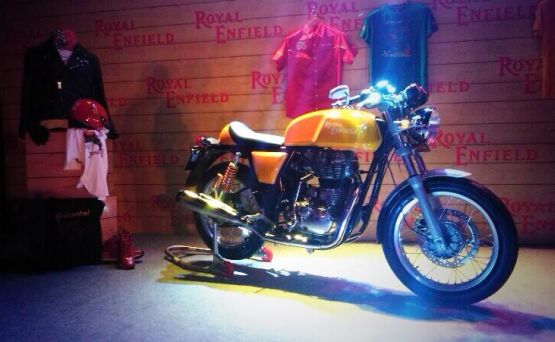 Royal Enfield have officially added a café racer to the line-up, finally! Does the Continental GT have what it takes to reawaken the speed demons within? We’re the first in India to ride it and find out! [Read more…] about Retro Reload: Royal Enfield Continental GT
Royal Enfield have officially added a café racer to the line-up, finally! Does the Continental GT have what it takes to reawaken the speed demons within? We’re the first in India to ride it and find out! [Read more…] about Retro Reload: Royal Enfield Continental GT
New Bike First Impression
New TVS Jupiter
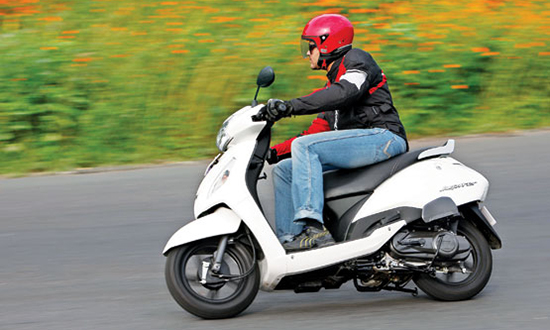
Utilitarian scooters like the Honda Activa and Suzuki Access have the highest market share in the segment in spite of the availability of many fancy options. They are less sensitive to age, gender and size of the rider due the unisex styling and roomy proportions. The Jupiter marks TVS’ entry into this sub-segment and, going by the above incident, looks like they have got the recipe right. Let’s dig in.
[Read more…] about New TVS Jupiter
Reincarnation – The Royal Enfield Continental GT
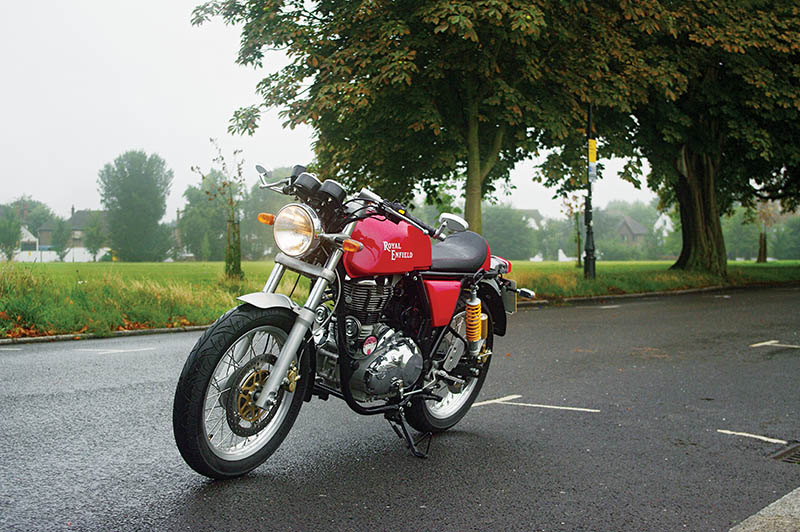
The Royal Enfield Continental GT has been revived after half-a-century. We ride it in England in true café racing style
[Read more…] about Reincarnation – The Royal Enfield Continental GT
KTM 1290 Super Duke R Ridden!
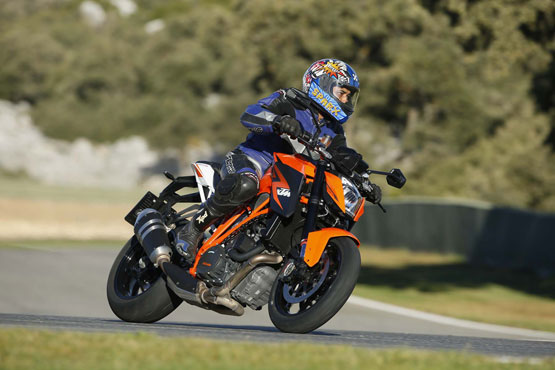 The long wait is over. After the unbelievable online buzz the new-age KTM 1290 Super Duke R created when the company unveiled it last week, Bike India gets a taste of this radical new machine in Spain, first hand.
The long wait is over. After the unbelievable online buzz the new-age KTM 1290 Super Duke R created when the company unveiled it last week, Bike India gets a taste of this radical new machine in Spain, first hand.
[Read more…] about KTM 1290 Super Duke R Ridden!
Bajaj Discover 100M – M for Mileage
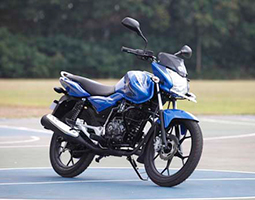
Bajaj Auto add a new model to the commuter segment and a new suffix to the Discover 100
[Read more…] about Bajaj Discover 100M – M for Mileage

